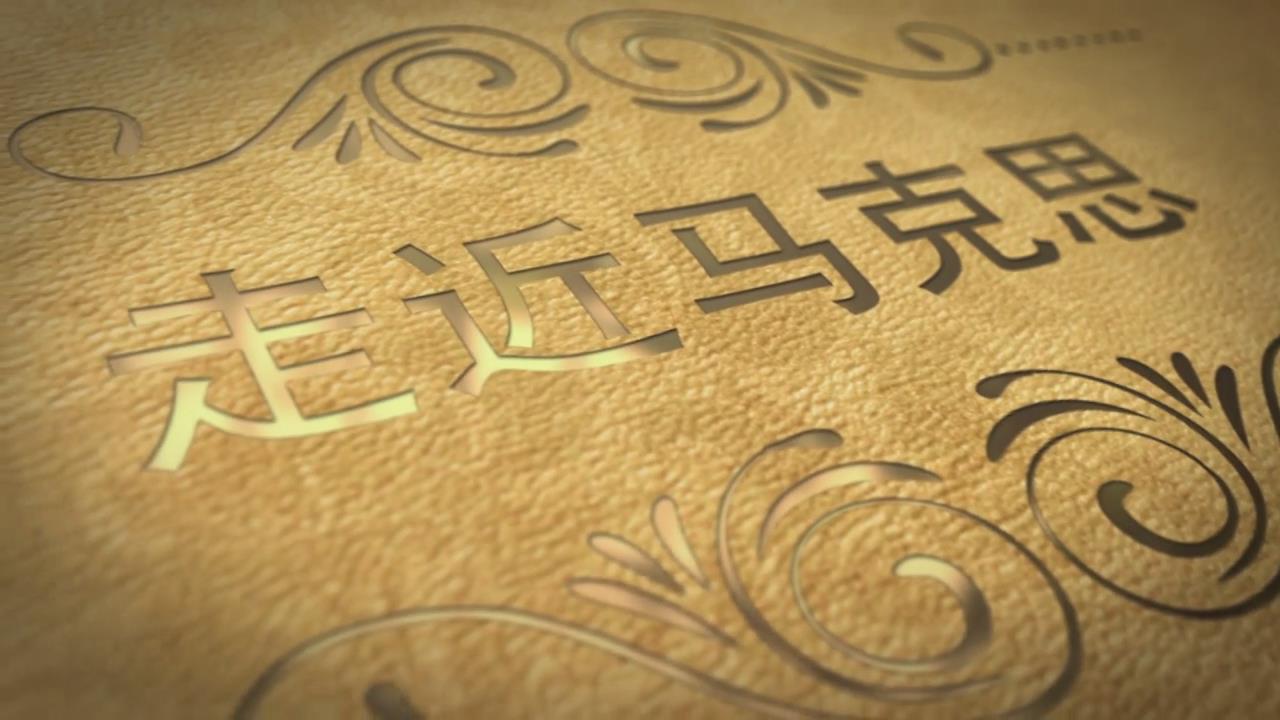
当前课程知识点:Introduction of New Structural Regional Economics > 4. Principals of New Structural Regional Economics > 4.5 Evolution of Dynamic Spiral > 4.5 Evolution of Dynamic Spiral
返回《Introduction of New Structural Regional Economics》慕课在线视频课程列表
返回《Introduction of New Structural Regional Economics》慕课在线视频列表
欢迎大家继续学习新结构区域经济学导论
本节课 我们重点学习
新结构区域经济学基本原理之五
动态螺旋演进原理
世界万物皆相互联系
在经济活动领域
影响因素的相互作用是动态变化的
同时
由于要素流动的空间集聚效应
与空间扩散效应交互作用
经济活动在空间上
将表现为螺旋式交替过程
本节课
我们将简单介绍这一变化过程
首先 循环累积因果理论
是动态螺旋演进的起点
循环累积因果理论
是由著名经济学家缪尔达尔
在1957年提出的
该理论认为
在一个动态的社会过程中
循环累积的因果关系
存在于社会经济各因素之间
某一社会经济因素的变化
会引起另一社会经济因素的变化
而后者的变化
反过来又加强了前一个因素变化
并导致社会经济过程
沿着最初那个因素变化的方向发展
从而形成累积性的循环发展趋势
具体而言
我们从要素流动的角度
分析上述循环累积过程
新结构区域经济学理论认为
由于市场接近效应
生活成本效应
和市场拥挤效应的存在
各种经济活动会尽可能的
选择市场规模较大的区域
在其他条件相同的情况下
经济活动将选择区域内
市场开放程度较大的区域
从而实现要素的优化配置
当区域间市场开放程度很大时
生产区位不稳定
此时如果区域间贸易成本较小
则经济活动向市场规模较大区域转移
进一步 可流动要素的持续转移
会不断强化要素流入地区的优势
因而会形成不断积累强势地区
区位优势的循环累积过程
循环累积因果链条下的
各种要素的流入和流出
以及生产要素集聚
或分散下的产业规模变化
决定了区域发展的差距
这是形成区域发展差异的一个核心机制
具体来看
可以从三个方面
描述要素循环累积过程
首先是资本的循环累积
资本作为生产活动的基本要素
表现为一定数量的物质或者货币
在生产活动中
资本与劳动
土地 技术
信息等都是生产的投入
从广义上来讲
一切投入生产活动的要素
都可以看做是资本
如货币资本 人力资本
技术资本 土地资本
在此 我们主要强调物质资本
资本流动是
资本持续循环累积的前提
在市场经济条件下
资本与其他生产要素不同
首先
资本要素不仅提供价值增值
并且创造价值
第二
资本可以改变劳动力和科技水平
第三
在按要素分配的市场经济中
生产要素使用者
根据各种生产要素
在生产过程中的贡献大小
支付生产要素所有者
资本支配其它生产要素
行使分配职能
具有生产关系特征
第四
资本不仅可以用来代表财富
还可以提高创造财富的能力
因此 总体而言
资本创造财富的过程在于资本流动
资本运动一旦停止
也就丧失了生命力
资本的循环累积以价值增值为目标
资本循环依次表现为
货币资本
生产资本
和商品资本三种形式
因而贯穿经济活动的始终
这说明资本循环
是一个无止境的周而复始运动过程
第二是劳动力的循环累积
人口流动会促进
人口流入地区的经济发展
一定程度上阻碍流出地的经济发展
一般而言 经济发展程度高
人口数量多的城市
更容易吸引外来人口流入
但是 过度的人口流动
也会对流入地或流出地产生“背反效应”
过多的人口流入
超越流入地的人口容量
造成劳动力过剩
影响流入地的资源配置
严重的
会影响社会稳定
而过度的人口流出
会造成流出地的人才短缺
劳动力流失严重
留守儿童等严重的社会问题
会阻碍区域经济的发展
因而
在人口流动达到饱和状态后
理想状态是
产生相反的回流过程
第三是技术的循环累积
同一个国家区域之间
由于区位优势
资源禀赋
技术等的不同
使其集聚优势资源的初期基础
和知识存量呈现差异
技术的循环累积
将强化区域间技术存量的差异
从而分化区域间技术水平
产生发达地区与欠发达地区
当发达地区发展到一定程度后
受扩散效应的影响
经济欠发达区域
通过引进发达地区的技术
将有助于促进区域经济增长
通过从发达国家引进先进技术
技术的变迁更快
促使欠发达区域
朝着经济发达区域收敛
当然发展中国家结合自身的优势
通过对技术的模仿和创新
来实现技术迁移
有助于充分发挥技术后发优势
增加资本积累
推动发展中国家经济发展
由于循环累积过程
不断强化区位优势
初始资源禀赋对称的两个
或多个区域之间
会出现经济活动空间差异
并最终分化成核心区和边缘区
城市区域和乡村区域
发达地区和欠发达地区
但是
由于要素流动性
及空间梯度的存在
这种分离并不是静态的
而是螺旋式发展
这种螺旋式发展
犹如缪尔达尔提出的回波效应
在发达地区
集聚经济带来规模报酬递增
导致产出增长率和生产率上升
相对效率工资下降
相对效率工资越低
产出增长率越高
如此构成循环
发达地区获得更快的经济增长
以中国为例
东部沿海地区经济率先起飞
形成一个利润率偏高
和名义工资高
相对效率工资低的市场
劳动力就会从相对落后的中西部地区
向发达的东部地区转移
资金也会随之而转移
同时吸引大量的高素质人才
到东部地区创业发展
而相对效率工资低
可以有效促进企业不断发展与扩张
从而带来规模报酬递增
导致产出增长率和生产率继续上升
这样就会形成一个良性的积累循环
而对早期的中国中西部地区而言
存在贫困循环
中西部地区经济基础薄弱
造成较低的储蓄能力
国家发展的政策又向东部沿海倾斜
因此吸引外资的能力相对较弱
资金不足
成为中西部地区经济发展的一个瓶颈
阻碍经济增长
进而会导致新一轮的低收入
但事实是
中国的中西部地区发展
并没有按照贫困循环路线
相反
它表现为一种动态螺旋的突破式发展
随着东部地区传统产业
相对效率工资提高
东部地区产业
开始逐步向中西部转移
进而在一定程度上
提升了中西部地区的经济发展水平
而较好的经济发展趋势
将提供较多的资金用于技术引进
进而带来新的经济增长
因此 我们可以看到
在现实经济活动中
这种螺旋式运动
特别是在中国的中西部地区表现得尤为明显
最后是本节课的参考文献
好 以上是本节课全部内容
希望通过本节课的学习
大家可以明白动态螺旋演进原理
以及它对区域经济发展的启示意义
谢谢大家
-1.1.1 China's Physical Geography
--1.1.1 China's Physical Geography
--1.1.1 Test
-1.1.2 Hu Line
--1.1.2 Test
-1.1.3 Economic catch-up of the central and western China
--1.1.3 Economic catch-up of the central and western China
--1.1.3 Test
-1.2.1 Overview of China’s economy
--1.2.1 Overview of China’s economy
--1.2.1 Test
-1.2.2 Coastal special economic zones in China
--1.2.2 Coastal special economic zones in China
--1.2.2 Test
-1.2.3 Western Development strategy in China
--1.2.3 Western Development strategy in China
--1.2.3 Test
-1.2.4 Northeast China Revitalization Plan
--1.2.4 Northeast China Revitalization Plan
--1.2.4 Test
-1.2.5 Rise of Central China Plan
--1.2.5 Rise of Central China Plan
--1.2.5 Test
-1.3.1 Coordinated regional development and main functional area
--1.3.1 Coordinated regional development and main functional area
--1.3.1 Test
-1.3.2 China’s urban agglomeration pattern and the economic effect
--1.3.2 China’s urban agglomeration pattern and the economic effect
--1.3.2 Test
-2.1 Agricultural location theory
--2.1 Agricultural location theory
--2.1 Test
-2.2 Growth Pole Theory
--2.2 Test
-2.3 The Stages of Economic Growth
--2.3 The Stages of Economic Growth
--2.3 Test
-2.4 Pole & Axis System Theory
--2.4 Pole & Axis System Theory
--2.4 Test
-2.5 Center-periphery theory
--2.5 Test
-3.1 Why New Structural Economics
--3.1 Why New Structural Economics
--3.1 Test
-3.2 The Theoretical Foundation of New Structural Economics
--3.2 The Theoretical Foundation of New Structural Economics
--3.2 Test
-3.3 Does New Structural Economics Offer Explanations?
--3.3 Does New Structural Economics Offer Explanations?
--3.3 Test
-3.4 Application for Industrial Policy
--3.4 Application for Industrial Policy
--3.4 Test
-3.5 Does the idea of New Structural Economics work?
--3.5 Does the idea of New Structural Economics work?
-4.1 Regional Externality
--4.1 Test
-4.2 Endowment Structure Transformation
--4.2 Endowment Structure Transformation
--4.2 Test
-4.3 Role Boundary of Facilitating Government
--4.3 Role Boundary of Facilitating Government
--4.3 Test
-4.4 Spatial Optimal Equilibrium
--4.4 Spatial Optimal Equilibrium
--4.4 Test
-4.5 Evolution of Dynamic Spiral
--4.5 Evolution of Dynamic Spiral
--4.5 Test
-5.1 China's Development Experience and OFDI
--5.1 China's Development Experience and OFDI
--5.1 Test
-5.2 Commonness and New Trends of Developing Countries
--5.2 Commonness and New Trends of Developing Countries
--5.2 Test
-5.3 Industrialization of Developing Countries with Special Economic Zones
--5.3 Industrialization of Developing Countries with Special Economic Zones
--5.3 Test
-5.4 Growth Identification and Facilitation Framework (GIFF)
--5.4 Growth Identification and Facilitation Framework (GIFF)
--5.4 Test
-5.5 GIFF in Practice and Case Studies (Nigeria, Benin and Uzbekistan)
--5.5 GIFF in Practice and Case Studies (Nigeria, Benin and Uzbekistan)
--5.5 Test
- 6.1.1 The global competitiveness model and its theoretical basis
-- 6.1.1 The global competitiveness model and its theoretical basis
--6.1.1 Test
- 6.1.2 The Brief introduction of the Theory of County Economic Competitiveness
-- 6.1.2 The Brief introduction of the Theory of County Economic Competitiveness
--6.1.2 Test
- 6.2.1 Situation of the Chinese Counties: Development Stage、Location Characteristics and Natural Res
-- 6.2.1 Situation of the Chinese Counties: Development Stage、Location Characteristics and Natural Res
--6.2.1 Test
- 6.2.2 The other Situation of the Chinese Counties and The Case of Qinyuan Pencil
-- 6.2.2 The other Situation of the Chinese Counties and The Case of Qinyuan Pencil
--6.2.2 Test
- 6.2.3 The County's Development Strategy (comparative advantage) Analysis
--6.2.3 The County's Development Strategy (comparative advantage) Analysis
--6.2.3 Test
-6.2.4 The Other County's Development Strategy (comparative advantage) Analysis and Conclusion
--6.2.4 The Other County's Development Strategy (comparative advantage) Analysis and Conclusion
--6.2.4 Test
-6.3.1 The Case of Jinjiang and Guanling
--6.3.1 The Case of Jinjiang and Guanling
--6.3.1 Test
- 6.3.2 The Case of Qianyang and Changzhi
-- 6.3.2 The Case of Qianyang and Changzhi
--6.3.2 Test
- 6.3.3 The Case of Hotan
-7.1.1 Targeted Poverty Alleviation Strategy
--7.1.1 Targeted Poverty Alleviation Strategy
--7.1.1 Test
-7.1.2 Cases of the Old Revolutionary Base Areas
--7.1.2 Cases of the Old Revolutionary Base Areas
--7.1.2 Test
-7.2 Growth Identification and Industrial Policy: Jilin Revitalization
--7.2 Growth Identification and Industrial Policy: Jilin Revitalization
--7.2 Test
- 7.3.1 The Carrying Capacity of Yangtze River Economic Belt
-- 7.3.1 The Carrying Capacity of Yangtze River Economic Belt
--7.3.1 Test
- 7.3.2 The Development of Yangtze River Economic Belt
--7.3.2 The Development of Yangtze River Economic Belt
--7.3.2 Test
-7.4 Growth Identification and Facilitation: Integration of Yangtze River Delta and High-quality Deve
--7.4 Growth Identification and Facilitation: Integration of Yangtze River Delta and High-quality Deve
--7.4 Test
-Final examination



